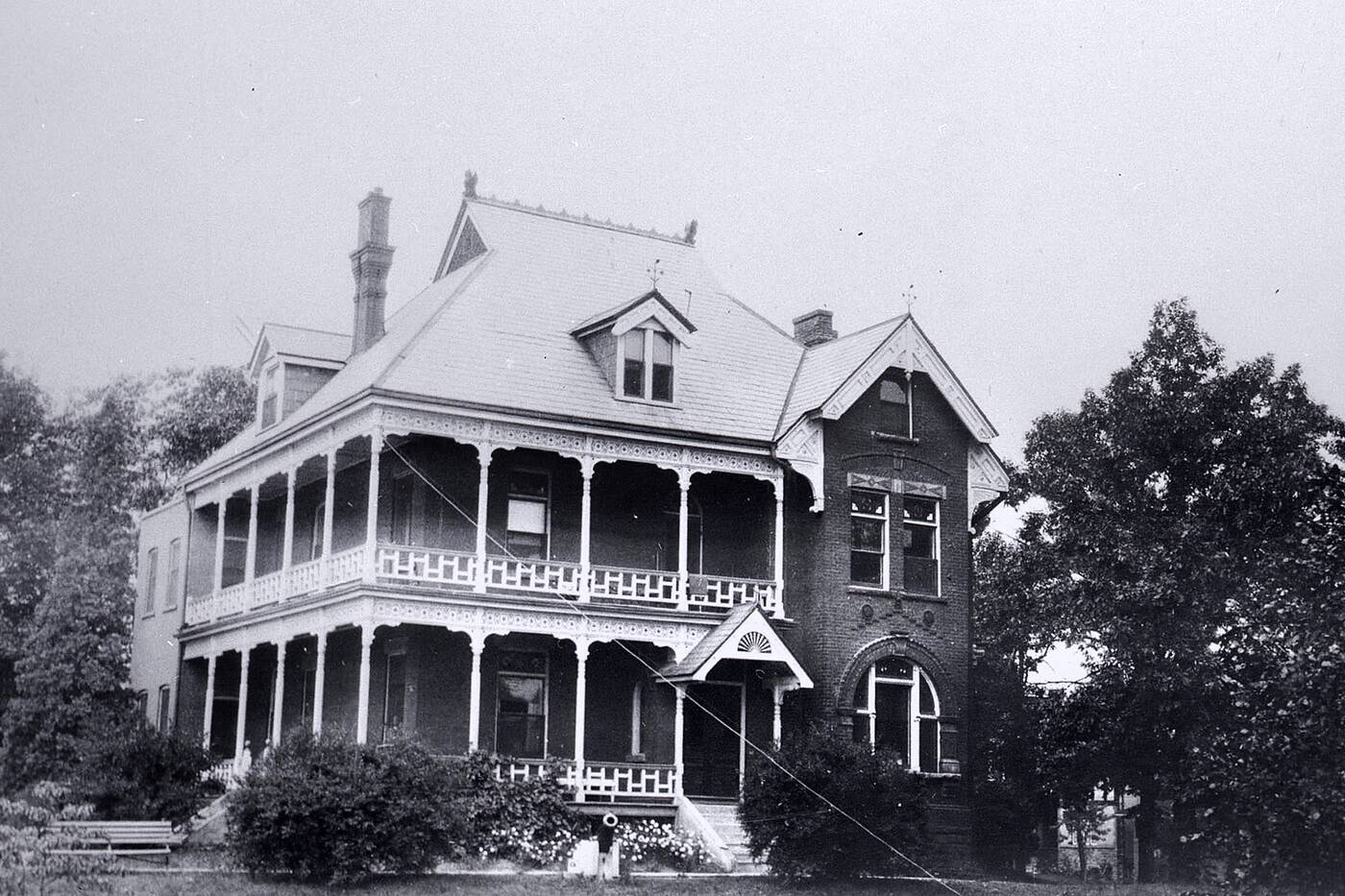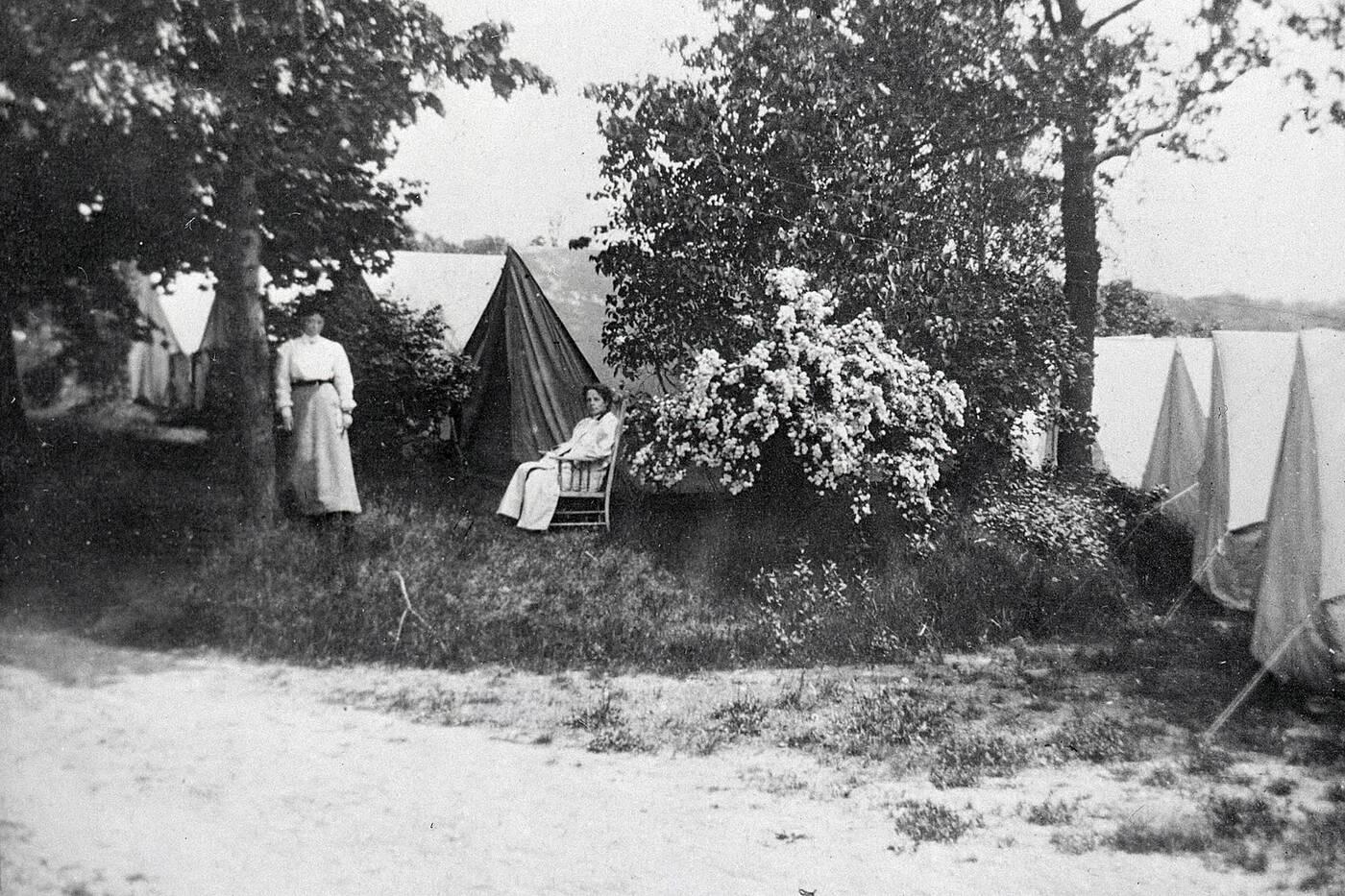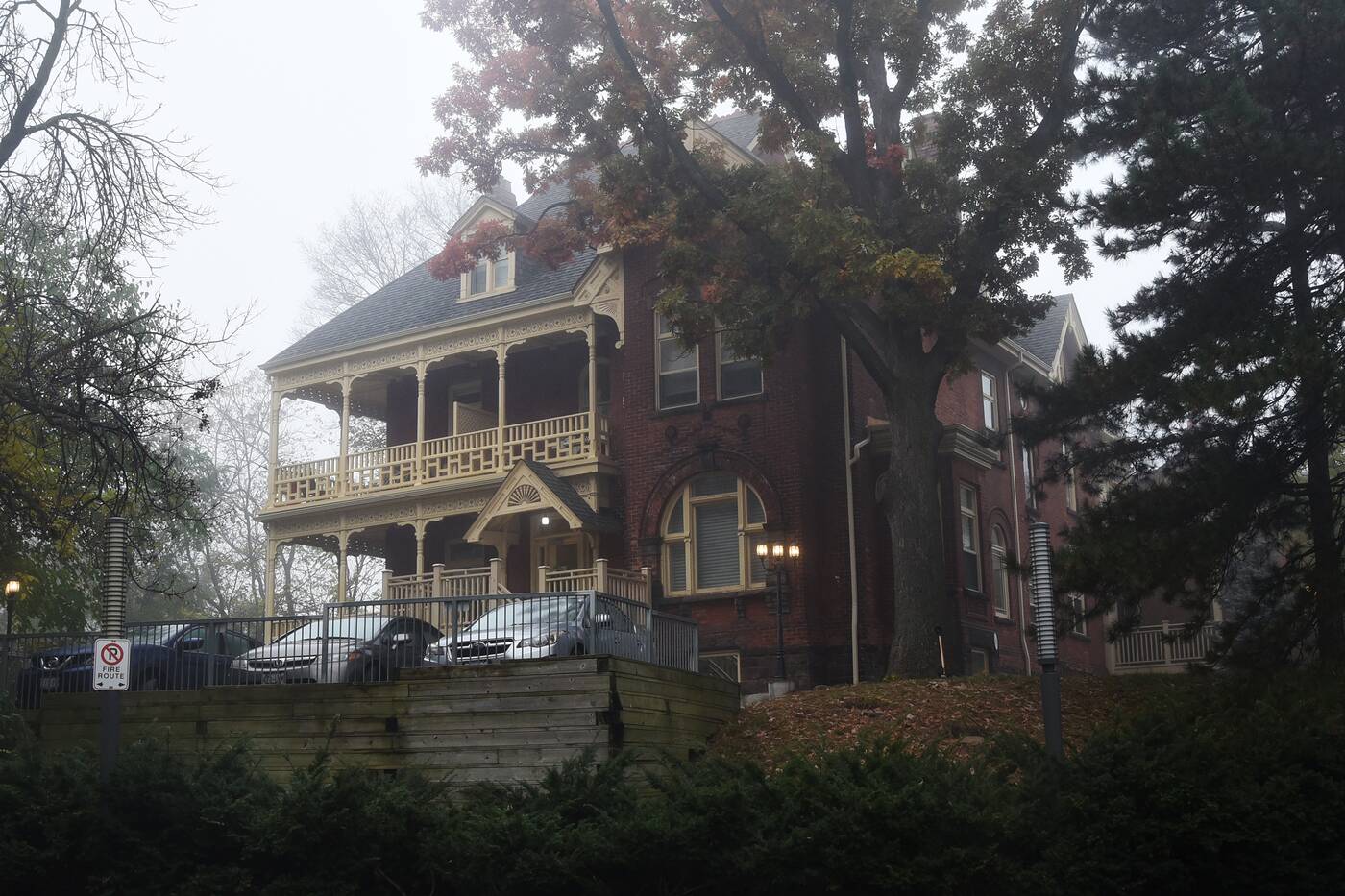
The history of the High Park Sanitarium in Toronto and its connection to corn flakes
The High Park Sanitarium in Toronto no longer exists. It's been converted to condos now, but more than 100 years ago the huge mansion at 32 Gothic Avenue was a haven of healthy living.
The Sanitarium opened shortly after Dr. William J. McCormick bought the home from West Toronto Mayor George St. Leger in 1906.

The High Park Sanitarium is seen in 1920. Photo via Toronto Public Library
The High Park Sanitarium was modelled after the Battle Creek Sanitarium in Michigan where McCormick had spent some time learning from its founder, Dr. John Harvey Kellogg.
"Both sanitariums treated diseases of the nervous system and promoted a healthy life style, stressing daily exercise and proper diet," wrote historian Doug Taylor in his blog.
Kellogg was a devout Seventh Day Adventist and followed the church's guidance on healthy living. At Battle Creek Sanitarium he spent time developing his idea "that good health and fitness were the result of good diet, exercise, correct posture, fresh air and proper rest," according to the Battle Creek Historical Society.

Some High Park Sanitarium patients stayed in tents in 1909. Photo via Toronto Public Library
Kellogg is also the inventor of Corn Flakes and granola, developed for his patients' nutrition. However, it was Kellogg's brother, Will Keith Kellogg who would go on to found Kellogg's cereal company.
A movie about the life of Dr. John Harvey Kellogg, The Road to Wellville, starred Matthew Broderick and revealed some of the eccentric healing practices at Battle Creek. Some of the odder remedies included anal yogurt treatments and a vibrating chair.

The treatments included fresh air and correct posture. Photo via Toronto Public Library
After McCormick worked at Battle Creek for several years, he returned to Canada to open his own version of the facility. Kellogg attended the dedication on June 27, 1907.
"My father, Dr. W.J. McCorrmick, went to medical college in Michigan and interned in Chicago. He worked several years at the Battle Creek Sanitarium after graduation and then married my mother, Dr. Florence De Llorbe, who also graduated in Michigan, and was an anesthesiologist," wrote his daughter Vivian Putnam.

A sitting room at 32 Gothic Avenue in 1910. Photo via Toronto Public Library
"After marriage, they moved to Toronto. Canada, and started the High Park Sanitarium in West Toronto."
He ran the sanitarium from 1906 until his wife died in 1922.
The healing pools, known as the High Park Mineral Baths, were built for the Sanitarium guests but later opened for the public.

The High Park Sanitarium looking north from Bloor Street in 1920. Photo via Toronto Public Library
Dr. McCormick went on to study vitamin therapies. He is thought to be the first researcher to link vitamin C to maintaining strong collagen and connective tissue.
The condo building at 32 Gothic Ave. today. Karen Longwell photo
After 1922 the mansion was rented to Strathcona Maternity Hospital. It was a run-down rooming house by 2004 before it was restored for the luxury, seven-unit condo building it is today.
Latest Videos
Latest Videos
Join the conversation Load comments







